
Drill into timber, soft metal and hard materials including brick and concrete with the RYOBI 18V ONE+ Hammer Drill.
Checkout at Bunnings to calculate delivery or collect in-store
How to choose the right 18V ONE+ battery for your product and task. Read more.

Start typing in the search bar. Our autocomplete feature will provide relevant suggestions. Press 'tab' to accept an autocomplete suggestion.
When and how to prune your garden and why it's important
It’s most likely a gardener who coined the phrase: You have to be cruel to be kind … when they were pruning their plants. Cutting into healthy looking plants can be a bit daunting at first. But don’t be deterred – your plants will love you for it.
Pruning has many benefits for plants: It generates new growth by releasing auxins – key hormones that plants produce in their tips that also move down the stem. (see tip pruning below). Removing dead, diseased or damaged material is also good for plant health and lets in sunlight when excess material is removed.
Remember, whatever tool you use, make sure your tools are sharp and blades are clean to avoid damaging the plant.
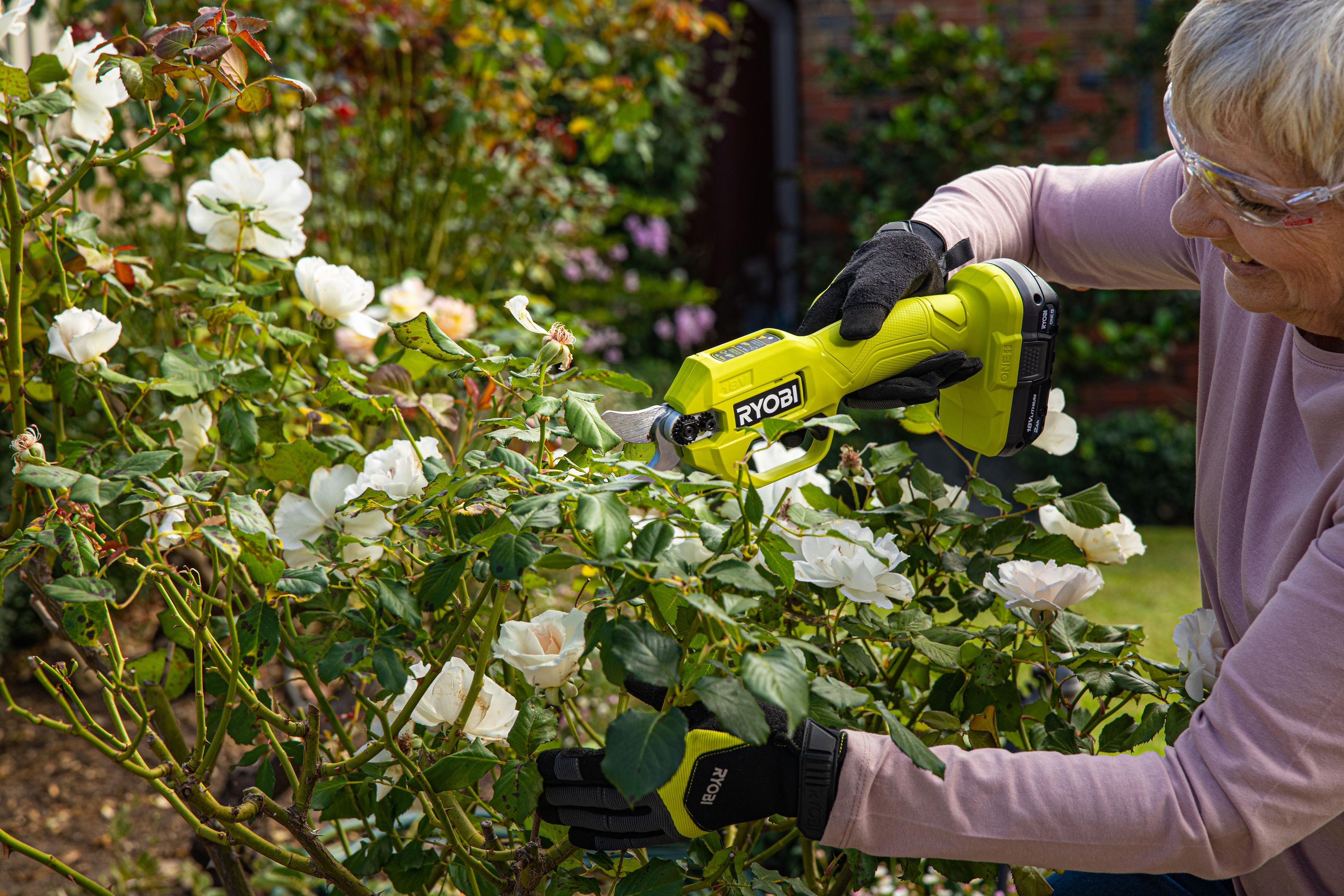
Most Australian native flowering plants bloom from winter through to early spring. The best time to prune them is when they’ve finished flowering and are entering a dormant period. Summer can be the best time to remove dead branches as they’ll be more obvious.
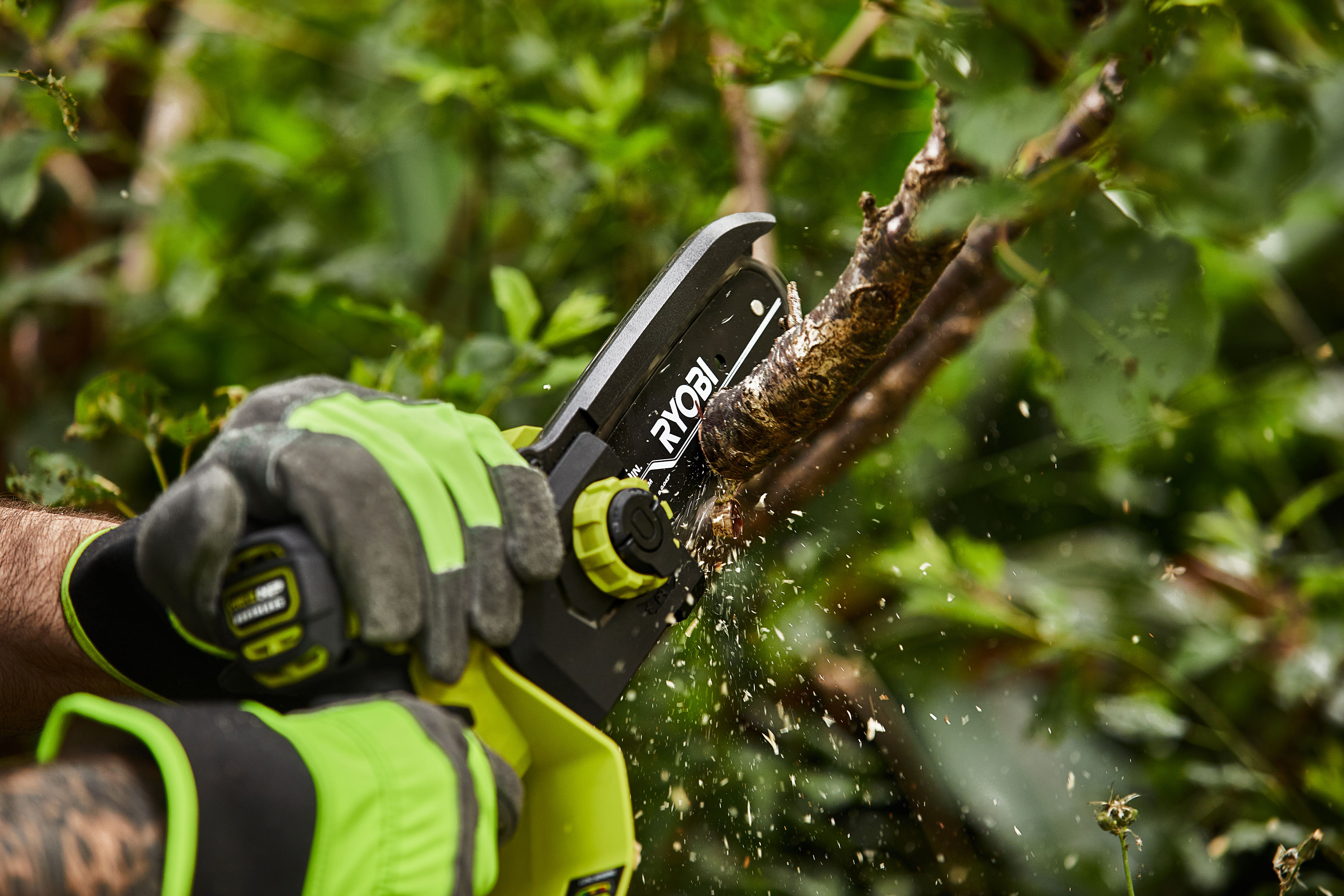
Probably the most-asked question by those new to gardening is “how much should I cut”. If you’re thinning your plants, a good general rule is to remove 1/3 of the total branch length. This promotes growth but doesn’t overly stress a plant by cutting off too much. To achieve the best results, remove the recently flowered stems and give the new growth, time to grow strong enough to support next flowering season’s growth.
There are basically two types of pruning cuts, Heading Cuts and Thinning Cuts.
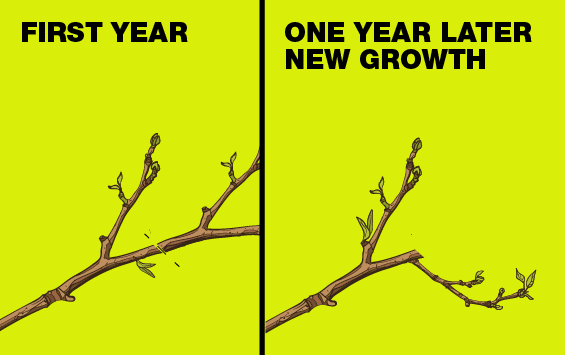
Heading cuts (for hedges and flowering plants) remove the tip of the branch and promote new growth down the stem, closer to the stalk. This type of cut helps to thicken up hedges and flowering plants.
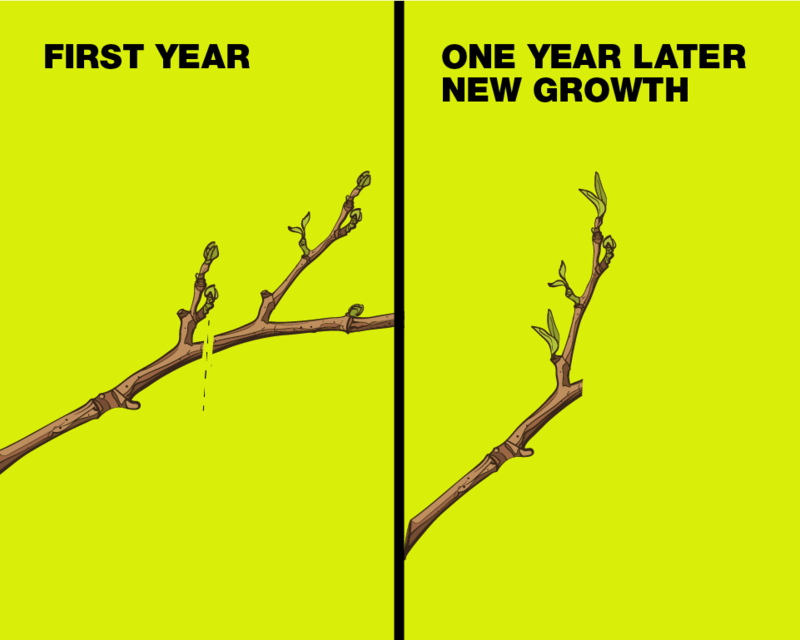
Thinning cuts remove stems or branches from the trunk or stalk (NOTE: these won’t grow back). Use these cuts to let more sunlight into the plant and keeping it healthy and tidy.
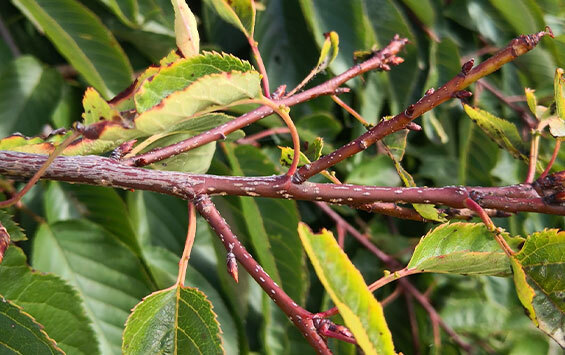
If pruning for new growth, check if a stem has a leaf bud either side on the stalk. If it does, make a straight cut 1cm above the two buds. If the leaf buds are located alternately on the stalk, make the cut 1cm above the bud that faces to the outside of the plant, that way the new growth will grow outwards.
Get the most from your garden with tips & tricks from Jason Hodges, Katja Phegan and more.